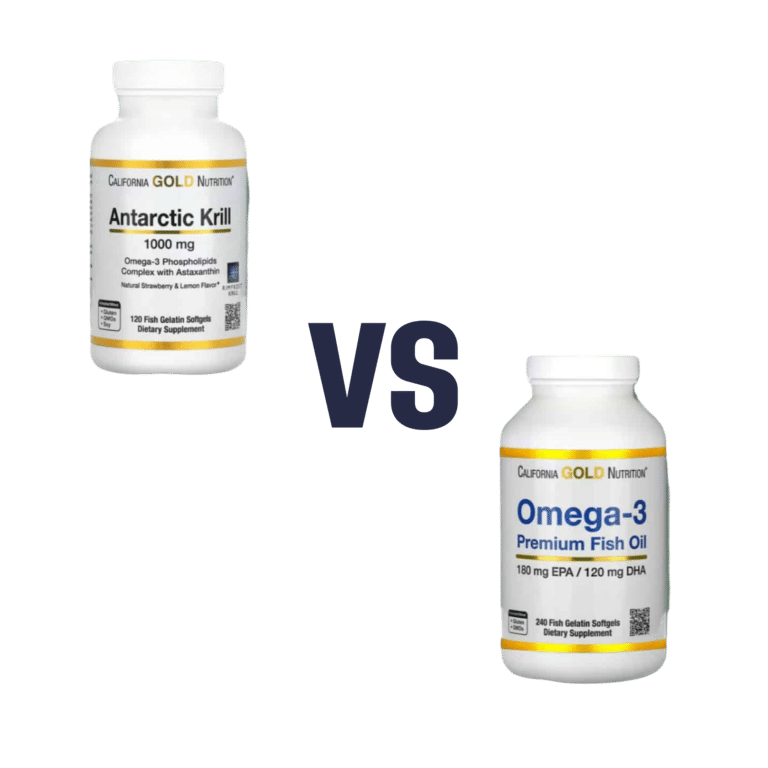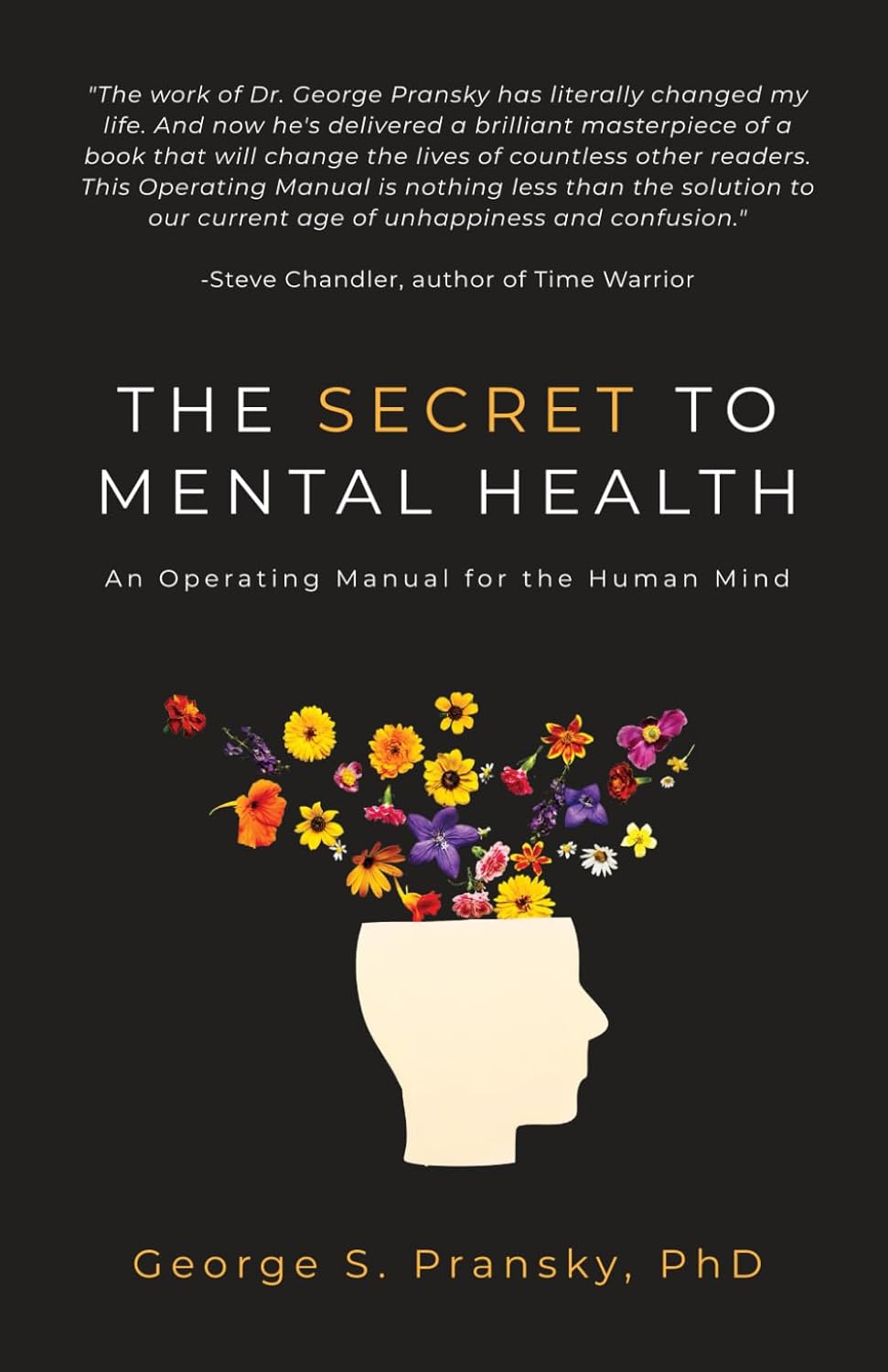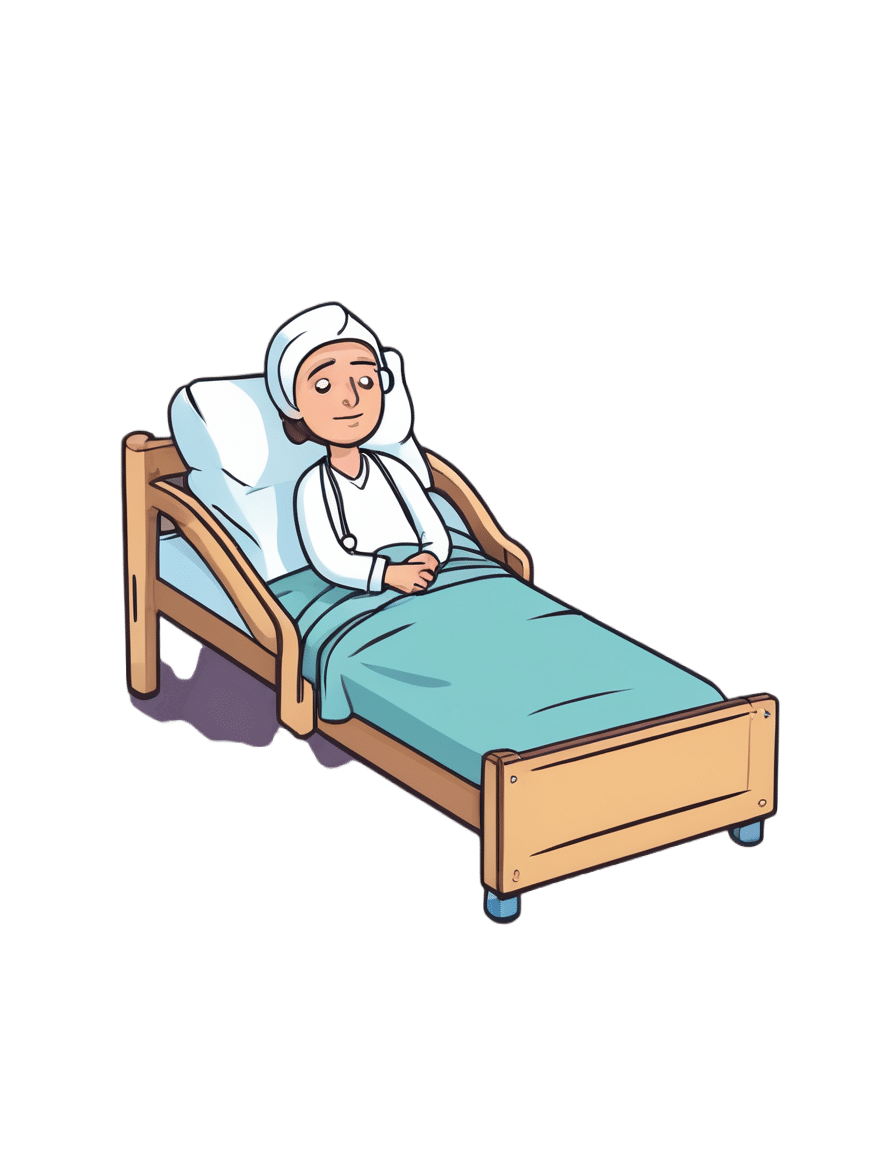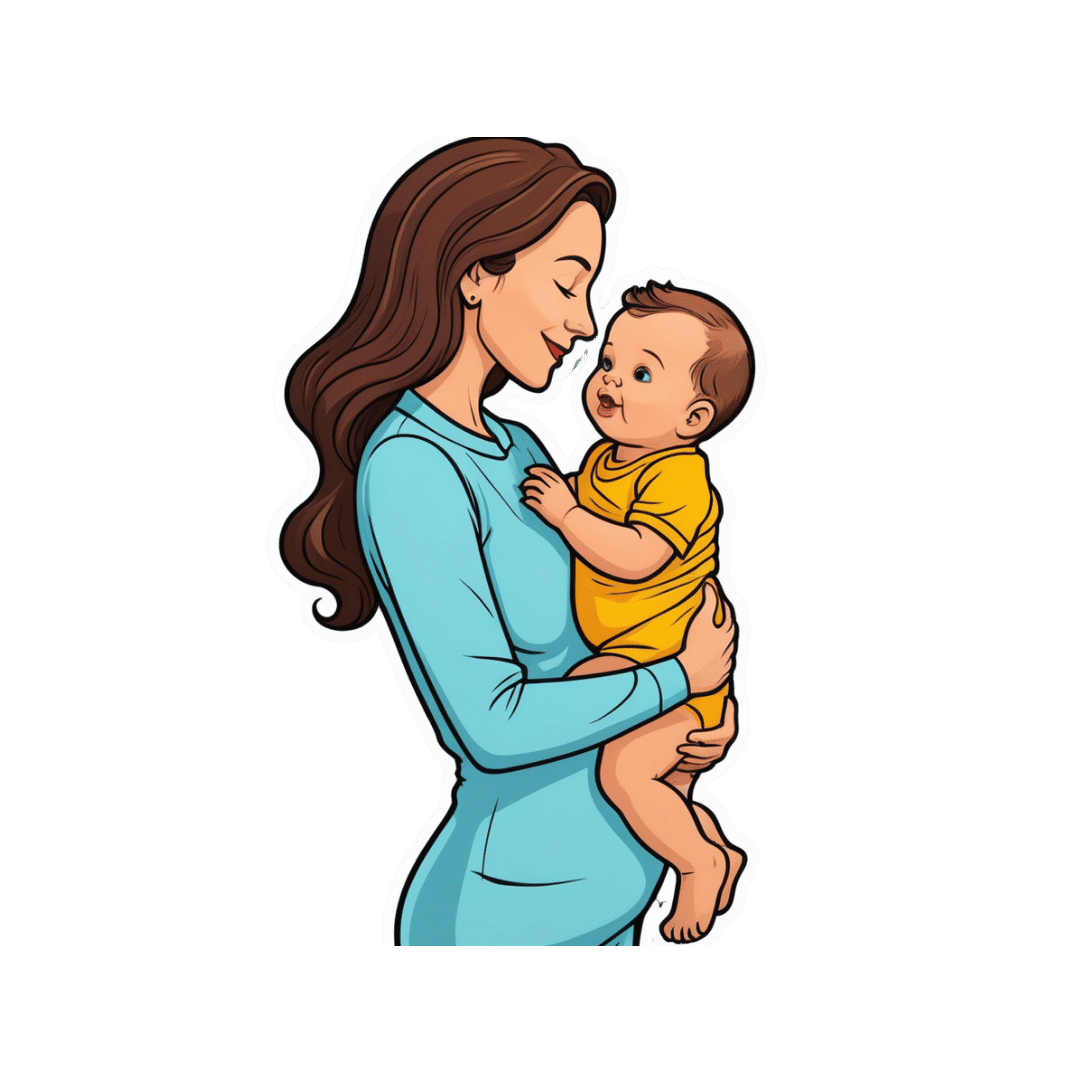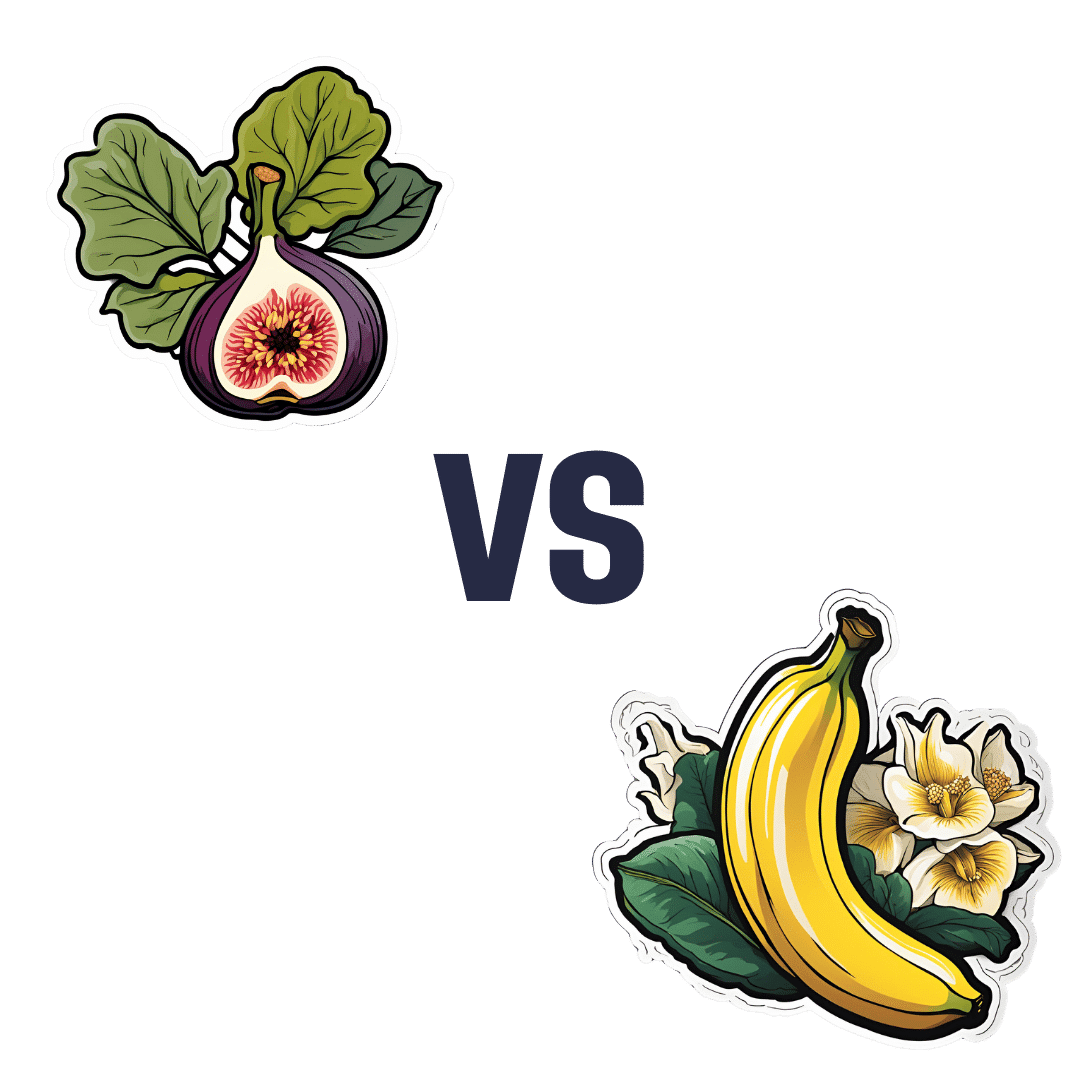
Figs vs Banana – Which is Healthier?
10almonds is reader-supported. We may, at no cost to you, receive a portion of sales if you purchase a product through a link in this article.
Our Verdict
When comparing figs to banana, we picked the banana.
Why?
Both of these fruits have a reputation for being carb-heavy (though their glycemic index is low in both cases because of the fiber), and they both have approximately the same macros across the board. So a tie on macros.
When it comes to vitamins, figs have more of vitamins A, B1, E, and K, while banana has more of vitamins B2, B3, B5, B6, B9, C, and choline. So, a win for banana there.
In the category of minerals, figs have more calcium and iron, while banana has more copper, magnesium, manganese, phosphorus, potassium, and selenium. Another win for banana.
Adding up the section makes for a win for bananas, but by all means, enjoy either or both; diversity is good!
Want to learn more?
You might like to read:
Which Sugars Are Healthier, And Which Are Just The Same?
Take care!
Don’t Forget…
Did you arrive here from our newsletter? Don’t forget to return to the email to continue learning!
Recommended
Learn to Age Gracefully
Join the 98k+ American women taking control of their health & aging with our 100% free (and fun!) daily emails:
-
The Secret to Mental Health – by George Pransky
10almonds is reader-supported. We may, at no cost to you, receive a portion of sales if you purchase a product through a link in this article.
This book (and its author) have a sizeable popular following, so it definitely can be said that it has been well-received by many people. The premise in this book is that there is fundamentally nothing wrong with anybody’s brain, and rather everything can be broken down into:
- Mind (the energy and intelligence that animates all life)
- Consciousness (the capacity to be aware of one’s life and experiences)
- Thought (the ability to think, allowing individuals to create their personal experience of reality)
The author explains, over the course of 145 pages, that where anyone with any perceived mental health issue is going wrong is by either lacking self-awareness (Consciousness) or erring by creating an undesirable personal experience of reality (Thought).
In terms of the science of this, frequent references are made to “there is evidence that shows”, “new discoveries about mental health suggest…”, etc, but this claimed evidence is never actually presented, just alluded to. Where many books would have a bibliography, this one has simply a collection of what the author has titled “interesting case studies, conversations, papers, and discussions” (there are no actual case studies or papers; it is just a collection of anecdotes).
The style is… Honestly, in this reviewer’s opinion, barely readable. But, apparently lots of people love it, so your mileage may vary.
We don’t usually delve too far into claimed credentials, but because of the interesting writing style and the bold claims without evidence, we were curious as to where this PhD came from, and apparently it came from a now-shut-down diploma mill that was described by the court as “a complete scam”.
Bottom line: we can’t recommend this one, but we read it so that you don’t have to, and we hope that publishing this review will help reassure you that when we do recommend a book, we mean it!
Share This Post
-
Long COVID is real—here’s how patients can get treatment and support
10almonds is reader-supported. We may, at no cost to you, receive a portion of sales if you purchase a product through a link in this article.
What you need to know
- There is still no single, FDA-approved treatment for long COVID, but doctors can help patients manage individual symptoms.
- Long COVID patients may be eligible for government benefits that can ease financial burdens.
- Getting reinfected with COVID-19 can worsen existing long COVID symptoms, but patients can take steps to stay protected.
On March 15—Long COVID Awareness Day—patients shared their stories and demanded more funding for long COVID research. Nearly one in five U.S. adults who contract COVID-19 suffer from long COVID, and up to 5.8 million children have the disease.
Anyone who contracts COVID-19 is at risk of developing long-term illness. Long COVID has been deemed by some a “mass-disabling event,” as its symptoms can significantly disrupt patients’ lives.
Fortunately, there’s hope. New treatment options are in development, and there are resources available that may ease the physical, mental, and financial burdens that long COVID patients face.
Read on to learn more about resources for long COVID patients and how you can support the long COVID patients in your life.
What is long COVID, and who is at risk?
Long COVID is a cluster of symptoms that can occur after a COVID-19 infection and last for weeks, months, or years, potentially affecting almost every organ. Symptoms range from mild to debilitating and may include fatigue, chest pain, brain fog, dizziness, abdominal pain, joint pain, and changes in taste or smell.
Anyone who gets infected with COVID-19 is at risk of developing long COVID, but some groups are at greater risk, including unvaccinated people, women, people over 40, and people who face health inequities.
What types of support are available for long COVID patients?
Currently, there is still no single, FDA-approved treatment for long COVID, but doctors can help patients manage individual symptoms. Some options for long COVID treatment include therapies to improve lung function and retrain your sense of smell, as well as medications for pain and blood pressure regulation. Staying up to date on COVID-19 vaccines may also improve symptoms and reduce inflammation.
Long COVID patients are eligible for disability benefits under the Americans with Disabilities Act. The Pandemic Legal Assistance Network provides pro bono support for long COVID patients applying for these benefits.
Long COVID patients may also be eligible for other forms of government assistance, such as Supplemental Nutrition Assistance Program (SNAP), Temporary Assistance for Needy Families (TANF), Medicaid, and rental and utility assistance programs.
How can friends and family of long COVID patients provide support?
Getting reinfected with COVID-19 can worsen existing long COVID symptoms. Wearing a high-quality, well-fitting mask will reduce your risk of contracting COVID-19 and spreading it to long COVID patients and others. At indoor gatherings, improving ventilation by opening doors and windows, using high-efficiency particulate air (HEPA) filters, and building your own Corsi-Rosenthal box can also reduce the spread of the COVID-19 virus.
Long COVID patients may also benefit from emotional and financial support as they manage symptoms, navigate barriers to treatment, and go through the months-long process of applying for and receiving disability benefits.
For more information, talk to your health care provider.
This article first appeared on Public Good News and is republished here under a Creative Commons license.
Share This Post
-
Ex-Cyclone Alfred has left flooding in its wake. Here’s how floods affect our health
10almonds is reader-supported. We may, at no cost to you, receive a portion of sales if you purchase a product through a link in this article.
Ex-Cyclone Alfred is bringing significant rainfall to southeast Queensland and the Northern Rivers of New South Wales. Flooding has hit Lismore, Ballina, Grafton, Brisbane and Hervey Bay, which received 150 mm of rainfall in two hours this morning.
Tragically, a 61-year-old man died after being swept away in floodwaters near Dorrigo in northern New South Wales.
More heavy rain and flash flooding is expected in the coming days as the weather system moves inland and weakens.
Climate change is making these weather events more intense and frequent. Earlier this year, far north Queensland experienced major flooding. As residents of the Northern Rivers, this latest disaster is especially tough because only three years ago we faced the catastrophic 2022 floods.
We’ve studied the impact of floods on human health and wellbeing, and found floods are linked to a range of physical and mental health effects in both the short- and long-term.
So what might you experience if you live in an area affected by these floods?
We reviewed the evidence
We recently reviewed research on the physical and mental health impacts of floods across mainland Australia. We included 69 studies in our review, published over 70 years. The majority were from the past ten years, examining the effects of floods in Queensland and NSW.
These studies suggest people can expect a range of health impacts. Immediate physical health effects of floods include drowning, falls and injuries.
Chronic diseases such as diabetes or renal disease can also worsen due to factors such as reduced access to transport, health-care services, medications and hospitals.
Exposure to contaminated floodwaters can lead to skin infections, while respiratory problems can occur due to mould and damp housing in the aftermath of floods.
Floods also create ideal conditions for mosquito borne infections such as Ross River virus and Murray Valley encephalitis, while also spreading infectious diseases including leptospirosis, a bacterial infection from contaminated soil.
There are mental health consequences too
Our review showed floods also affect mental health. The more you’re exposed to floodwaters in your home or business, the worse the mental health impacts are likely to be.
The After the Flood study examined mental health and wellbeing outcomes six months after the 2017 flood in the Northern Rivers. It found people who had floodwater in their home, yard or business, or who were displaced from their home for a more than six months, were much more likely to have probable post-traumatic stress disorder, anxiety or depression, compared to those who didn’t experience flooding or weren’t displaced.
Repeated natural disasters could compound these mental health consequences. Southeast Queensland and the Northern Rivers in NSW have experienced multiple disasters over recent years. The Northern Rivers faced major flooding in 2017, bushfires in 2020, further major floods in 2022, and now Cyclone Alfred in 2025. These repeated disasters have taken a toll on our community, creating a seemingly never-ending cycle of recovery, rebuilding and preparation for the next disaster.
Our understanding of the unique challenges faced by communities which experience multiple disasters is still growing. However, a recent Australian study showed exposure to repeated disasters has a compounding effect on people’s mental health, leading to worse mental health outcomes compared to people who experience a single disaster.
Mums and babies
The health effects of floods extend far beyond the initial emergency and beyond the infections and mental health consequences you might expect.
The Queensland Flood Study tracked pregnant women exposed to the 2011 Brisbane floods. Researchers assessed mothers’ stress related to the flood and tracked them and their children at six weeks old, six months, 16 months, 2.5 years, four and six years. It found some links between prenatal stress and developmental outcomes in children.
Some evidence suggests maternal stress from floods can affect children’s development. Nastyaofly/Shutterstock While the health effects after flooding are diverse, the research to date is not comprehensive. We need to learn more about how floods contribute to or exacerbate existing chronic illnesses, disability and long-term mental health issues.
The impacts are inequitable
Flooding exposes and worsens existing inequalities. Socially vulnerable groups are more likely to be exposed to flooding in their homes and have less access to resources to respond and recover from these events, putting some groups at higher risk of negative health impacts afterwards.
Some research has looked at the disproportionate impacts on people with disabilities and their carers, First Nations communities and people from disadvantaged backgrounds.
After the 2017 Northern Rivers floods, for example, people with disability and their carers were more likely than others to:
- experience disrupted access to food, support networks and essentials such as health care and social services
- continue to be distressed about the flood six months after it happened
- be at relatively high risk of post-traumatic stress disorder six months after the flood.
However, targeted flood research exploring the experiences of these vulnerable groups in Australia is limited.
Moving forward, it’s vital we examine the varied impacts of flood events for more vulnerable groups, so we can better support them in the wake of devastating events such as Cyclone Alfred.
If this article has raised issues for you, or if you’re concerned about someone you know, call Lifeline on 13 11 14.
Jodie Bailie, Senior Research Fellow, The University Centre for Rural Health and The Centre for Disability Research and Policy, University of Sydney; Jo Longman, Senior Research Fellow, The University Centre for Rural Health, University of Sydney; Rebecca McNaught, Research Fellow, Rural and Remote Health, University of Sydney, and Ross Bailie, School of Public Health, Honorary Professor, University of Sydney
This article is republished from The Conversation under a Creative Commons license. Read the original article.
Share This Post
Related Posts
-
Cottage cheese is back and all over TikTok. Two dietitians explain why social media’s obsessed
10almonds is reader-supported. We may, at no cost to you, receive a portion of sales if you purchase a product through a link in this article.
You might remember cottage cheese from your childhood. Back then, it was considered “diet food”. You ate it out of the tub, with celery or spread it on crackers for a low-calorie snack. Then cottage cheese went out of fashion.
But cottage cheese is having a resurgence. In recent months, Google searches for “cottage cheese” have risen to the highest levels since 2004.
Social media influencers have been promoting its benefits on TikTok and Instagram with hashtags such as #cottagecheese, #cottagecheeseforlife, and #cottagecheeserecipe. Sales of cottage cheese around the world have skyrocketed.
Let’s see why cottage cheese is having such a moment.
Karolina Kaboompics/Pexels What is cottage cheese?
Cottage cheese is a fresh dairy cheese product with a mild flavour and a slightly tangy taste. It is made by curdling cow’s milk, then draining the whey, leaving behind the curds. These curds are usually small and lumpy, and the texture can vary from creamy to dry, depending on the amount of whey left in the cheese.
The term “cottage cheese” is said to have originated because the cheese was generally made in cottage-type houses from leftover milk, after making butter.
Cottage cheese is cheap, costing about A$12 per kilogram in the supermarket, similar to ricotta cheese.
It’s also surprisingly simple to make at home using freely available recipes. All you need is milk, salt and a splash of vinegar.
We’re using cottage cheese in new ways
It’s difficult to know what started the latest cottage cheese trend. But the creativity of social media means people are sharing alternative ways to use cottage cheese, changing people’s views from it being boring and lacking flavour to it being versatile and healthy.
People are spreading cottage cheese on toast and using it to make dishes such as porridge, dips, salads, bread and flatbreads. They’re using it in cakes and scones, and in desserts such as mousse and ice cream.
Is cottage cheese healthy?
Compared with other cheeses, cottage cheese is low in fat and therefore energy (kilojoules or kJ). This makes it a smart choice for people looking to cut down on their daily energy intake.
For example, 100 grams of cottage cheese contains about 556kJ. The same amount of cheddar contains 1,254kJ and parmesan 1,565kJ.
Many cheeses are rich in protein but they often contain higher amounts of kilojoules due to their fat content. But cottage cheese has substantial amounts of protein with fewer kilojoules.
This makes cottage cheese an ideal option for people aiming to maximise their protein intake without eating large amounts of kilojoules.
Some 100g of cottage cheese provides 17g protein. This is about the same found in three eggs, 60g chicken breast or 320 millilitres (about 300g) full-fat yoghurt.
People are sharing images of their cottage cheese creations on TikTok and Instagram. New Africa/Shutterstock Cottage cheese also contains high levels of vitamin B12 (important for healthy brain function), riboflavin (supports healthy skin and eyes), phosphorus (helps build strong bones and teeth) and folate (essential for cell growth).
However, cottage cheese is lower in calcium compared with other cheeses. It contains just 89 milligrams per 100g. This compares with parmesan (948mg), haloumi (620mg) and ricotta (170mg).
You’ve convinced me. How can I use cottage cheese?
Beyond its excellent nutrition profile, the resurgence of cottage cheese is enabling people to experiment in the kitchen. Its neutral flavour and varied textures – ranging from smooth to chunky – makes it suitable for a range of dishes, from sweet to savoury.
TikTok and Instagram have some great recipes. You could start with an old faithful recipe of celery and cottage cheese, and work your way towards new options such as cottage cheese ice cream.
The healthiest recipes will be those that combine cottage cheese with wholefoods such as fruits, vegetables, nuts and seeds, and lean protein sources.
For instance, you can make a cottage cheese wrap then fill it with vegetables and a lean source of protein (such as chicken or fish).
Other combinations include cottage cheese salad dressings, vegetable dips and egg salads.
Cottage cheese’s rise in popularity is well deserved. Including more cottage cheese in your diet is a smart choice for getting a high dose of protein without adding processed ingredients or too much energy. Embrace the trend and get creative in the kitchen.
Lauren Ball, Professor of Community Health and Wellbeing, The University of Queensland and Emily Burch, Accredited Practising Dietitian and Lecturer, Southern Cross University
This article is republished from The Conversation under a Creative Commons license. Read the original article.
Don’t Forget…
Did you arrive here from our newsletter? Don’t forget to return to the email to continue learning!
Learn to Age Gracefully
Join the 98k+ American women taking control of their health & aging with our 100% free (and fun!) daily emails:
-
Doctors From 15 Specialties Tell The Worst Common Mistakes People Make
10almonds is reader-supported. We may, at no cost to you, receive a portion of sales if you purchase a product through a link in this article.
Whatever your professional background, you probably know many things about it that are very obvious to you, but that most people don’t know. So it is for doctors too; here are the things that doctors from 15 specialties would never do, and thus advise people against doing:
Better safe than sorry
We’ll leap straight into it:
- General Surgery: avoid rushing into musculoskeletal or spinal surgery unless absolutely necessary; conservative treatments like physical therapy are often effective.
- Interventional Gastroenterology: avoid long-term, around-the-clock use of anti-inflammatory pain medications (e.g. Ibuprofen and friends) to prevent stomach ulcers.
- Podiatry: never place feet on the car dashboard due to the risk of severe injuries from airbag deployment.
- Rheumatology: avoid daily use of high heels to prevent joint and foot deformities, bunions, and pain.
- Otorhinolaryngology: never smoke, as it can lead to severe consequences like laryngectomy and other life-altering conditions.
- Pediatrics: avoid dangerous activities for children, such as swimming alone, eating choking hazards, biking or skiing without a helmet, or consuming raw meat/fish/dairy. Also, be cautious with firearms in homes.
- Orthopedic Surgery: avoid riding motorcycles and handling fireworks due to high risks of accidents.
- Emergency Medicine: never drink and drive or ride ATVs. Always use eye protection during activities like woodworking.
- Ophthalmology: always wear safety glasses during activities like grinding metal or woodworking. Sunglasses are essential to prevent UV damage even on cloudy days.
- Urology: avoid shaving pubic hair if diabetic or immunocompromised to prevent severe infections like Fournier’s gangrene.
- Gastroenterology: do not use gut health supplements as they lack proven efficacy and are often a waste of money*
- Plastic Surgery: avoid contour threads (barbed sutures for facial rejuvenation) and butt implants due to risks like infection, complications, and poor outcomes.
- Psychiatry: never take recreational drugs from unknown sources to avoid accidental overdoses, especially from substances laced with fentanyl. Carry Narcan for emergencies.
- Dermatology: use sunscreen daily to prevent skin cancer, aging, pigmentation issues, and texture problems caused by UV exposure.
- Cardiology: avoid the carnivore diet as it increases heart disease risks due to its negligible fiber content and high saturated fat intake.
*We had an article about this a while back; part of the problem is that taking probiotics without prebiotics can mean your new bacteria just die in about 20 minutes, which is their approximate lifespan in which to multiply or else die out. Similar problems arise if taking them with sugar that feeds their competitors instead. See: Stop Sabotaging Your Gut!
For more on each of these, in the words of the respective doctors, enjoy:
Click Here If The Embedded Video Doesn’t Load Automatically!
Want to learn more?
You might also like to read:
Take care!
Don’t Forget…
Did you arrive here from our newsletter? Don’t forget to return to the email to continue learning!
Learn to Age Gracefully
Join the 98k+ American women taking control of their health & aging with our 100% free (and fun!) daily emails:
-
Celery vs Rhubarb – Which is Healthier?
10almonds is reader-supported. We may, at no cost to you, receive a portion of sales if you purchase a product through a link in this article.
Our Verdict
When comparing celery to rhubarb, we picked the rhubarb.
Why?
In terms of macros, rhubarb has more carbs and fiber, the ratio of which give it the lower glycemic index, though both are low glycemic index foods. This means this category is a very marginal win for rhubarb.
When it comes to vitamins, rhubarb has more vitamin C, while celery has more of vitamins A, B5, B6, and B9. A win for celery, this time.
In the category of minerals, rhubarb has more calcium, iron, magnesium, manganese, potassium, and selenium, while celery has more copper and phosphorus. This one’s a win for rhubarb.
Let’s give a quick nod also to polyphenols; rhubarb has more by overall quantity, and more in terms of “more useful to humans” too, being rich in an assortment of flavanols while celery must make do with some furanocoumarins.
In short, enjoy either or both, but nutritional density is a great reason to get some rhubarb in!
Want to learn more?
You might like to read:
What’s Your Plant Diversity Score?
Take care!
Don’t Forget…
Did you arrive here from our newsletter? Don’t forget to return to the email to continue learning!
Learn to Age Gracefully
Join the 98k+ American women taking control of their health & aging with our 100% free (and fun!) daily emails:

